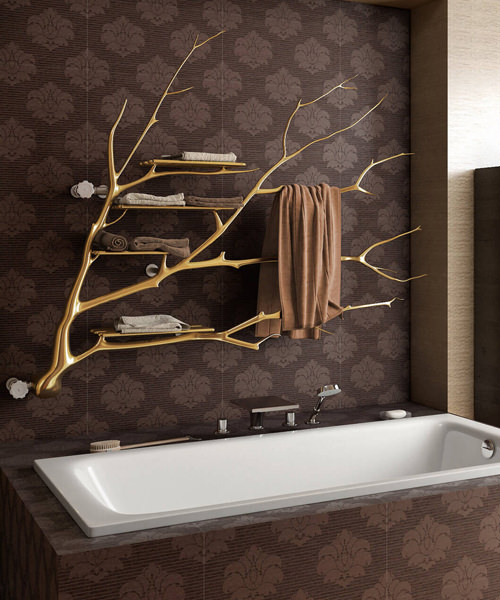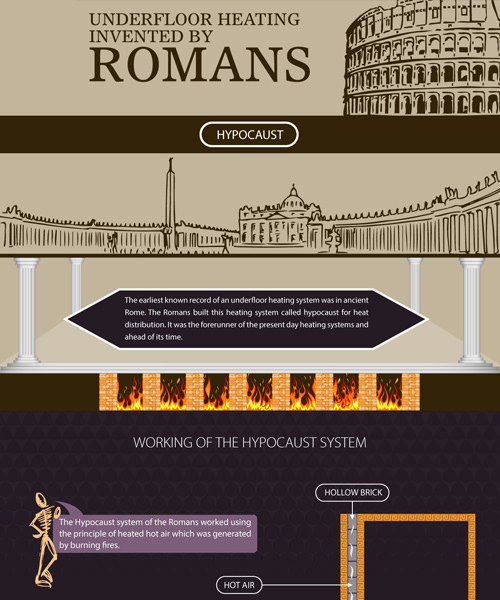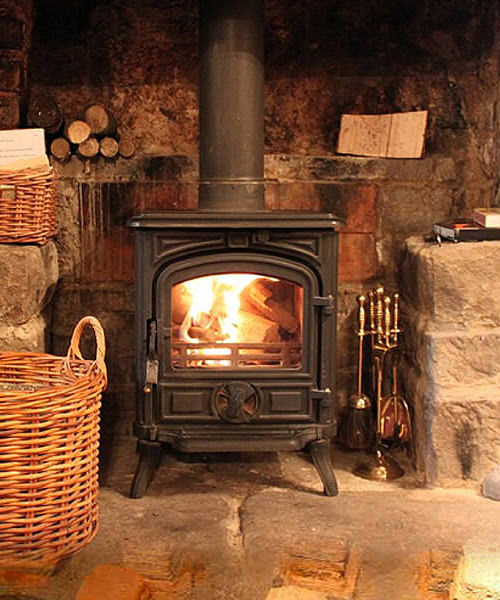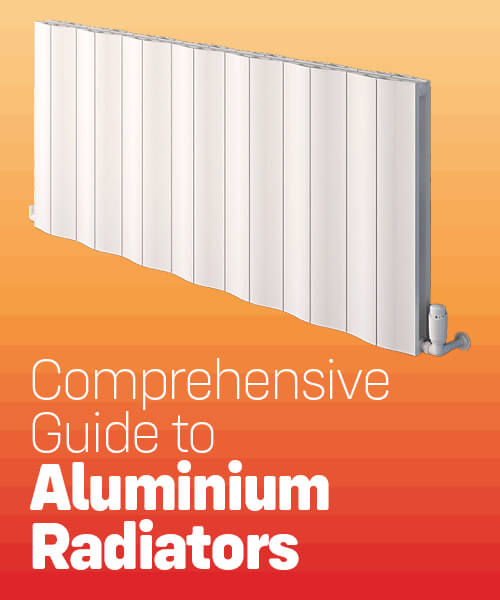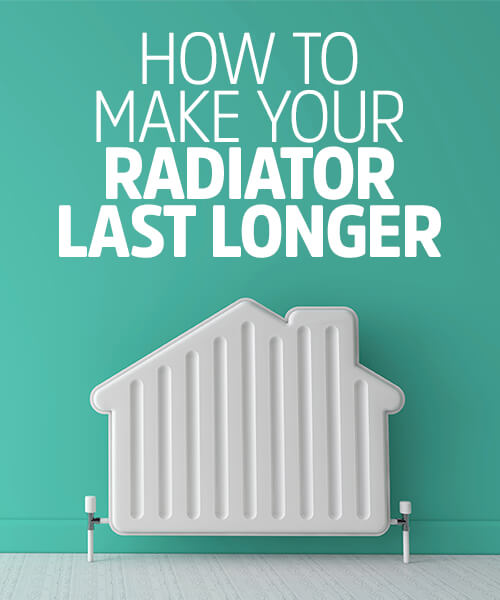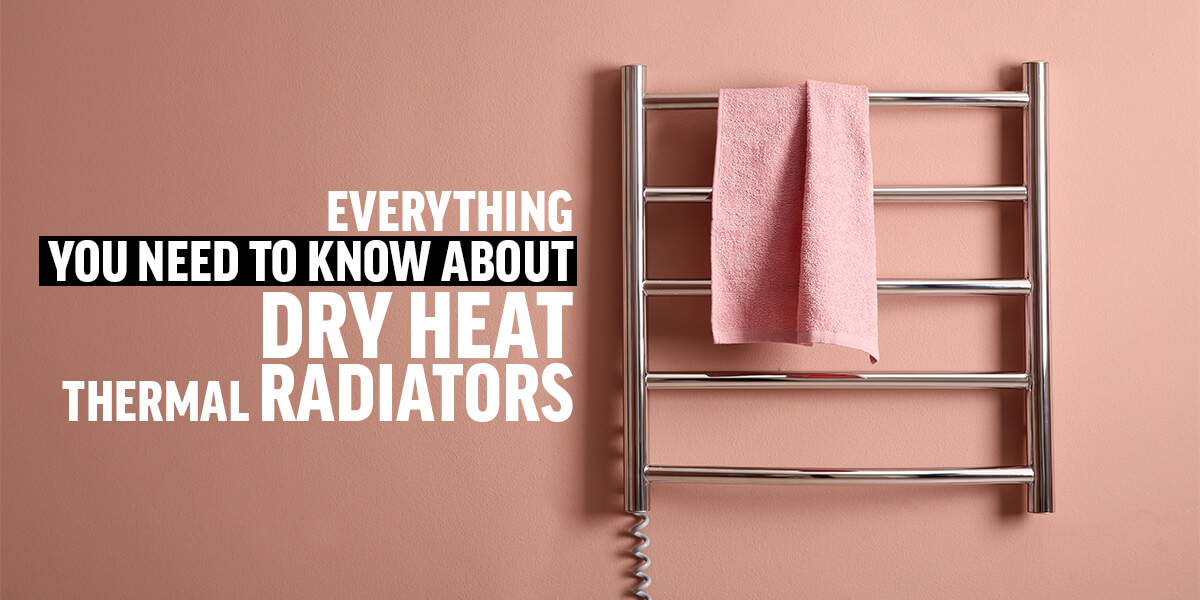
Dry heat thermal radiators are a modern, no-maintenance, safe, and eco-friendly way to heat your home. They’re among the most advanced heating systems for heating a room efficiently without a forced-air system. If you’re curious about how dry heat thermal radiators work, their benefits, and how to choose the one that’s right for you, keep reading.
What Is a Dry Heat Thermal Radiator, and How Does It Work?
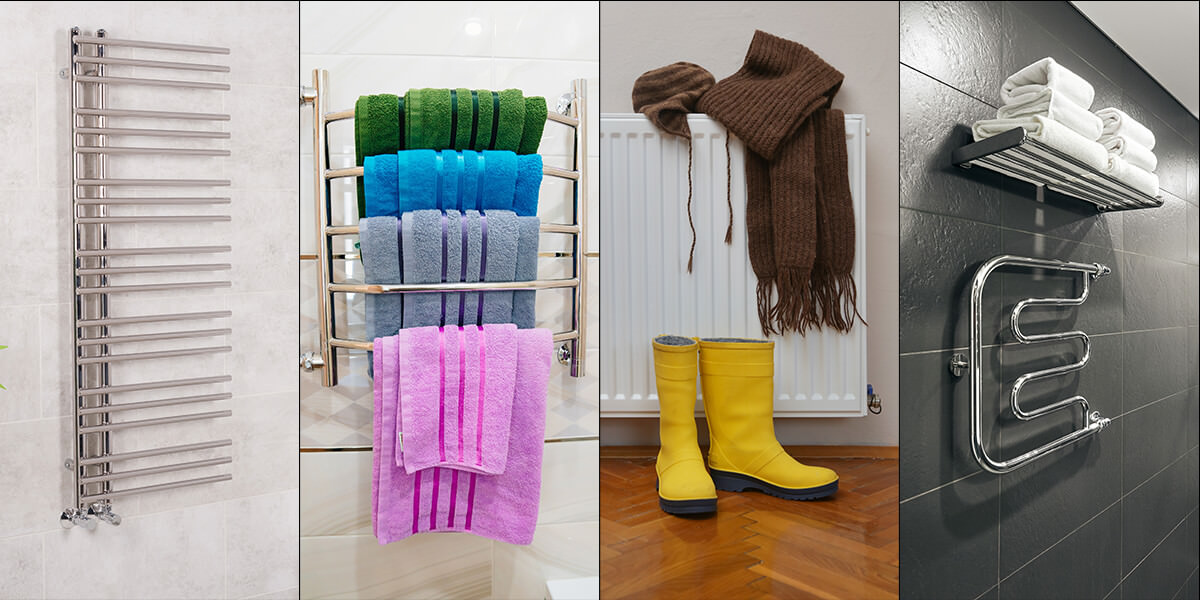
While old-fashioned radiators use water or steam for heating, modern dry thermal radiators use electricity. Dry thermal electric radiators may look similar to steam, water, or oil-filled radiators. However, they don’t heat up liquid components.
An oil-free, dry radiator uses dry thermal components like a dry thermal element that heat up on demand and push heat into the room convection-style. It works on electricity to quickly heat up the entire room.
The Benefits of Using Dry Heat Thermal Radiators in Your Home
- Easy to Clean
- Safe
- Quiet
- Lightweight
- Modern in design
- Quick to heat and cool
- Low on maintainance
- Easy to install
- Easy to integrate with digital thermostat systems
- Cheaper to operate
Easy To Clean
Since they don't require any liquid, these are easy to clean. The system won't rust over time without wet substances like glycol or water.
Safe
- No leaking liquids: As these appliances don't use any liquids, there's no risk of leaks causing burns.
- No pressurized liquids: Without any liquid inside, you don't have to worry about unsafe pressure levels inside the appliance.
Quiet
Without any moving parts, liquids, or blowers, dry thermal heating units operate silently. So, you never have to worry about the sound of your heater overwhelming conversations or media.
Lightweight
As dry radiators don't require liquids, they're more lightweight.
Modern Design
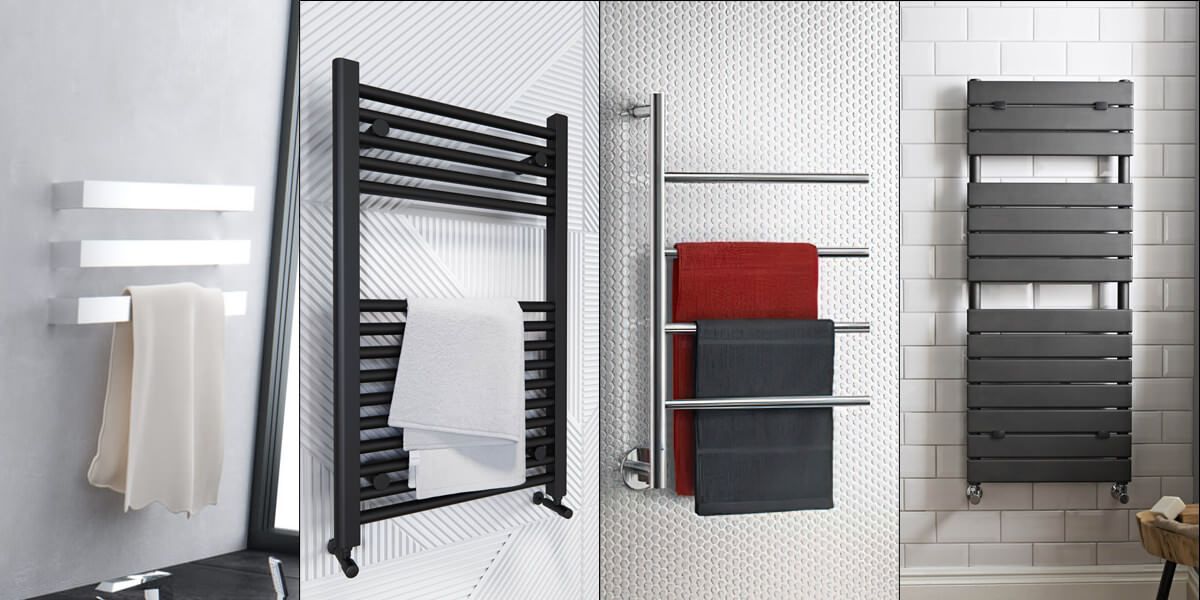
Since they’re not as bulky as traditional radiators, it's easier to mould them into modern designs and integrate them into your interior scheme. Plus, they come in a variety of styles and colors. The towel-rack style is common for bathrooms, giving them a dual function and helping them blend in better.
Quick To Heat and Cool
Since there’s no liquid to warm up and they rely on electricity, dry heat radiators can quickly change from cool to warm or warm to cool to give you more control over room climate. They're ideal for larger rooms and commercial places.
Easy To Maintain
Not needing to top off dry heat radiators with liquids makes them maintenance-free.
Easy To Install
Some dry heat radiators are plug-and-go compatible, so you can use them right out of the box. While you could hire a professional to hang wall-mounted versions, you could easily do it yourself.
Since they use electricity, there’s no need to integrate them into the plumbing system as you would for a water or steam radiator. However, if you purchase one that integrates into your home’s electrical wiring instead of plugging into the wall, you should hire an electrician to do the wiring work.
Easy To Integrate With Digital Thermostat Systems
Even though a dry heat thermal radiator isn’t connected to a central air system, you can still use a digital thermostat or timer to control it. Its digital nature means you can use most of them with WiFi-enabled or Bluetooth-enabled thermostats and timers and smart thermostats like Google Nest.
Lower Operating Costs
One of the biggest plusses of a thermal dry heat radiator is that it’s extremely energy-efficient, so it’s less expensive to run than many other heating choices. Plus, it doesn’t rely on expensive fossil fuels to run.
Why Choose A Dry Heat Thermal Radiator for Your Home?
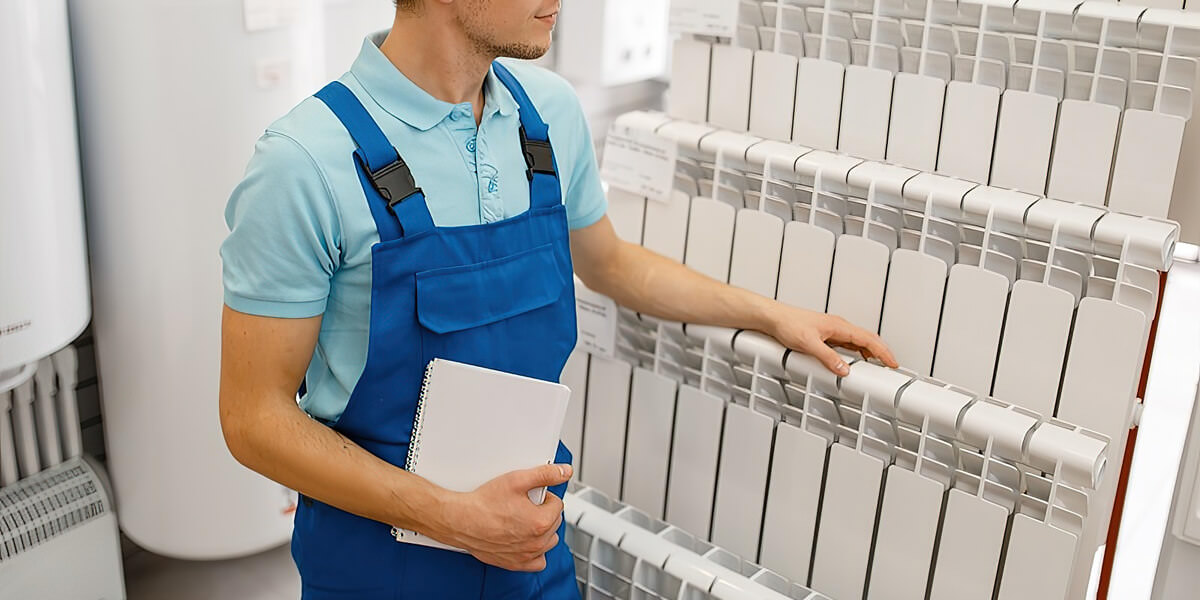
When deciding what type of dry heat thermal radiator you want, it’s important to consider its heating capability, design, and features. Let’s look more closely at how to determine which type of radiator is best for you.
Heating Capability
It would be best if you used a BTU calculator (British Thermal Unit) to determine what size radiator you need for your room. The calculator will take into consideration the size of your room, the condition of your insulation, and the temperature change you need to determine how many BTUs of output your radiator should have.
If you live in a colder climate, have a larger room, or have poorer insulation, you will need a radiator with a higher BTU or capability.
Design
You can choose from a variety of designs to fit your needs and aesthetics:
- Wall-mounted: If you have a lot of cold days every year, limited floor space, or limited storage space, a wall-mounted radiator can be a good choice
- Horizontal: Horizontal wall-mounted radiators spread out their length horizontally.
- Vertical: Vertical wall-mounted radiators spread out their length vertically.
- Towel rack: Wall-mounted towel rack radiators can do double duty by holding towels and keeping a bathroom with limited space warm. Plus, they keep your towels toasty warm.
- Surface: Ridged vs. flat
- Color: They come in a variety of colors beyond just black and white.
Features
When deciding on the radiator, you will want to pay attention to its features to ensure that it meets your expectations. For example, do you want one that plugs into the wall or one that’s hard-wired in? Do you want to be able to control it through an app-controlled thermostat system like Google Nest?
Here are several possible features to notice when you’re considering a dry heat electric radiator for purchase:
- Thermostat type: Internal vs. external
- Technology: WiFi, BlueTooth, or smart thermostat compatible
- Control: Manual control, remote control, or both
- Antifreeze functions: Protects the radiator if the temperature falls below 20°F (-7°C)
- Electricity source: Hard-wired vs. electrical outlet plugin
- Tilt sensor: Turns off if tipped over
- Dryer function: Makes it safe to dry clothes with your radiator
- Guarantee and warranty: Guarantee and warranty lengths indicate how long the company expects the radiator to last.
Installation Tips for Dry Heat Thermal Radiators
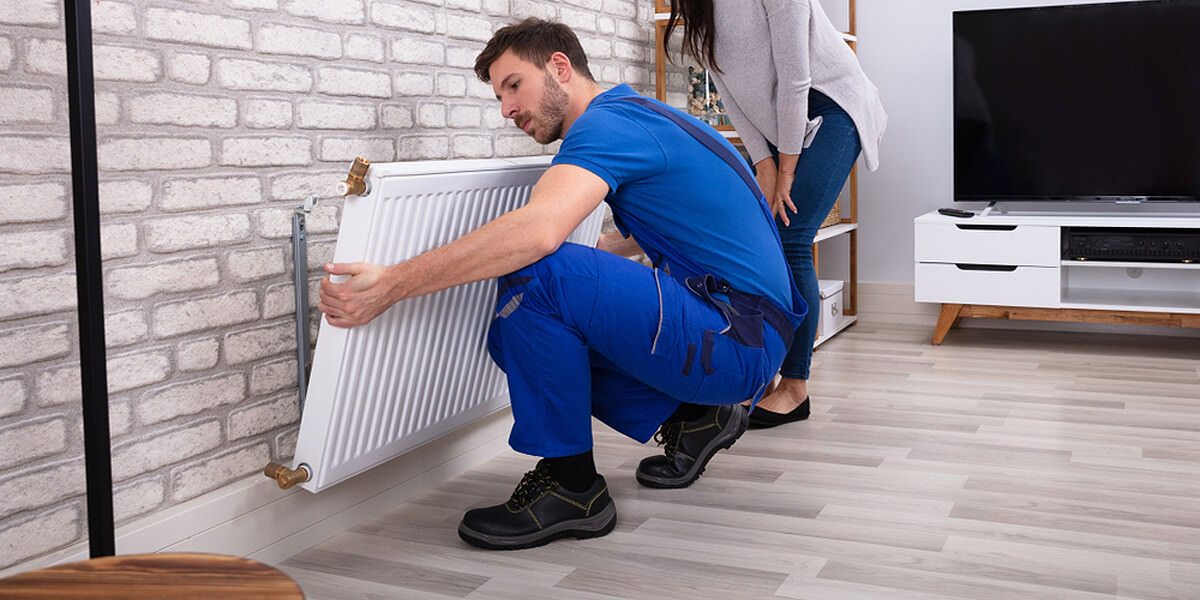
- Mount properly: Make sure that the wall you are mounting the radiator to can support the weight of the radiator.
- Follow instructions: Always follow the installation instructions included with your radiator.
- Ground properly: Make sure that your electricity source is properly grounded to prevent electrical shock
- Use a professional when you need a professional: If the radiator needs to be wired into the house’s electrical system, hire a professional electrician. A professional handyman can also help with hanging a wall-mounted radiator if you’re not confident about your wall strength.
Cleaning Your Radiator
Here are the steps to follow when cleaning your radiator:
- 1. Power off: Make sure to power off or unplug your radiator before cleaning it.
- 2. Remove dust: You can use a soft cloth, soft brush, or vacuum to dust your radiator. Never use abrasive materials.
- 3. Clean: Wash with mild soap and water. Avoid using harsh chemicals.
- 4. Dry: Dry thoroughly with a soft cloth to prevent rust.
Wrapping Up
A dry heat thermal radiator is an excellent modern heating choice whether you choose a free-standing or wall-mounted version. They require no maintenance and are safer, more eco-friendly, and cheaper to operate than most heating alternatives. Plus, they have a modern design appeal and can integrate with a smart thermostat system.

